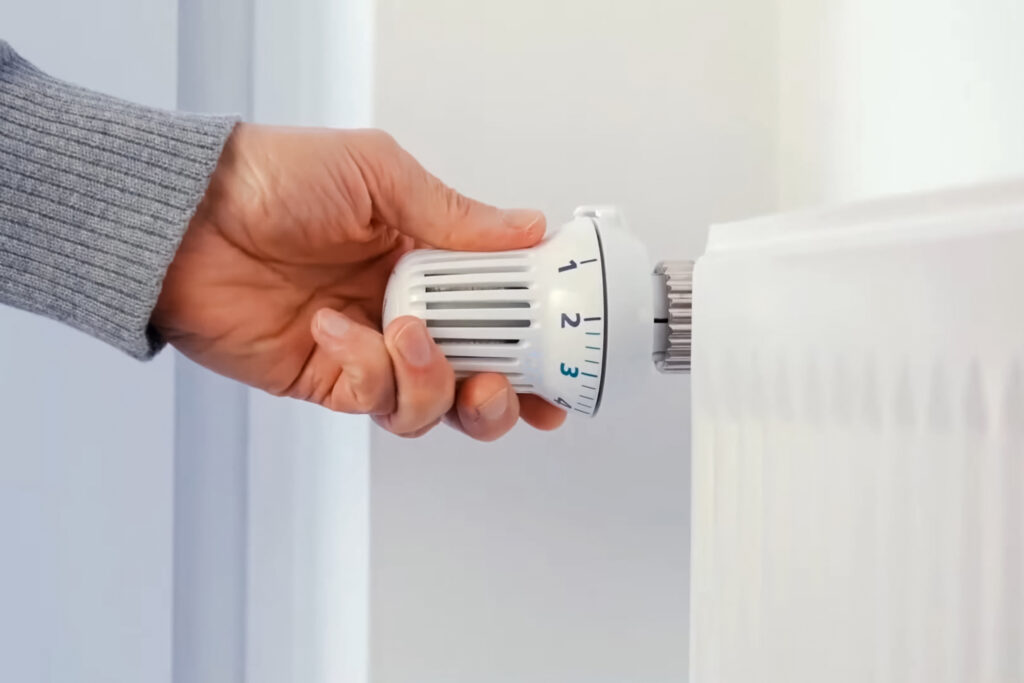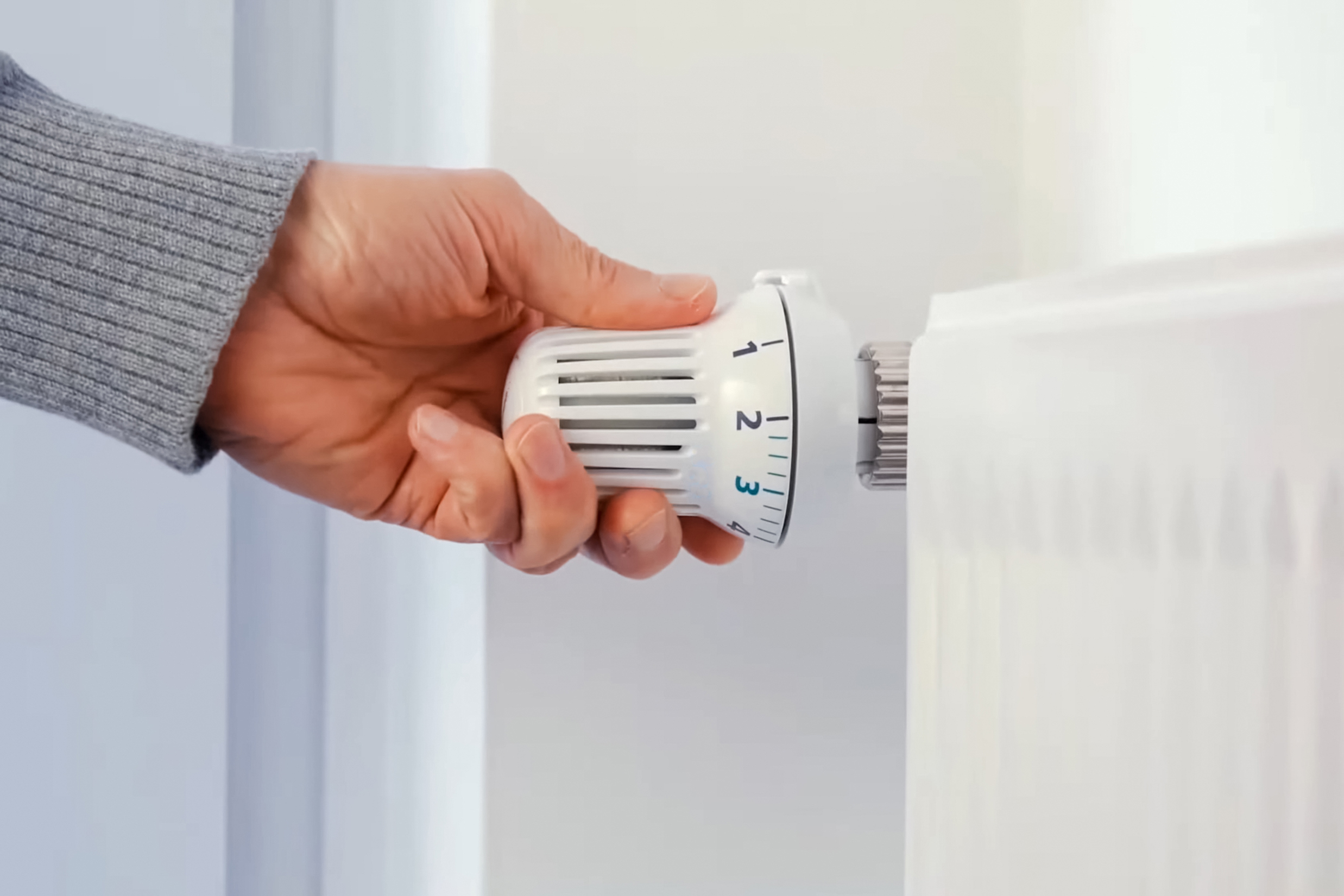
Mastering Radiator Control: A Comprehensive Guide to Radiator Knobs
Radiators are a ubiquitous feature in homes and buildings across the globe, providing essential warmth during colder months. While the underlying technology remains relatively consistent, the methods of controlling these heating systems have evolved. Central to this control is the radiator knob, a seemingly simple component with a significant impact on comfort and energy efficiency. Understanding the nuances of radiator knobs – their types, functions, and troubleshooting – is crucial for anyone looking to optimize their heating system.
Understanding the Basics of Radiator Knobs
A radiator knob, also known as a radiator valve knob, is the primary interface for adjusting the heat output of a radiator. It controls the flow of hot water or steam into the radiator, thereby regulating its temperature. The design and functionality of radiator knobs can vary, but the fundamental principle remains the same: to provide users with a means to control the heat in a specific room or area.
Types of Radiator Knobs
Several types of radiator knobs are available, each with its own advantages and disadvantages. The most common types include:
- Manual Radiator Knobs: These are the simplest type, typically featuring a numbered scale or a series of markings indicating the level of heat output. Users manually adjust the knob to their desired setting. They are inexpensive and easy to install, but offer less precise temperature control.
- Thermostatic Radiator Valves (TRVs): TRVs are more sophisticated, incorporating a thermostat that automatically adjusts the valve based on the room temperature. This allows for more precise and energy-efficient heating, as the radiator output is automatically reduced when the room reaches the desired temperature. [See also: Smart Thermostat Installation Guide]
- Smart Radiator Valves: These are the most advanced type, offering remote control via a smartphone app or other smart home devices. Smart radiator knobs can be programmed with schedules, allowing users to optimize heating based on their routines. They also often include features such as energy monitoring and geofencing.
The Functionality of Radiator Knobs
The core function of a radiator knob is to regulate the flow of hot water or steam into the radiator. When the radiator knob is turned to a higher setting, the valve opens further, allowing more hot water to enter the radiator. This increases the radiator’s surface temperature and, consequently, the amount of heat it radiates into the room. Conversely, turning the knob to a lower setting restricts the flow of hot water, reducing the radiator’s temperature and heat output.
TRVs and smart radiator knobs add an additional layer of functionality. TRVs use a built-in thermostat to automatically adjust the valve based on the room temperature. This helps to maintain a consistent temperature and prevent overheating, which can save energy. Smart radiator knobs offer even more advanced features, such as remote control, scheduling, and energy monitoring. These features allow users to optimize their heating system for maximum comfort and efficiency.
Choosing the Right Radiator Knob
Selecting the right radiator knob depends on several factors, including budget, desired level of control, and compatibility with the existing heating system. Here are some considerations:
- Budget: Manual radiator knobs are the most affordable option, while TRVs and smart radiator knobs are more expensive. Consider your budget and prioritize the features that are most important to you.
- Control: If you want precise temperature control and energy efficiency, a TRV or smart radiator knob is the best choice. If you are comfortable with manual adjustments, a manual radiator knob may suffice.
- Compatibility: Ensure that the radiator knob is compatible with your existing radiator valve. Different types of valves require different types of knobs. Consult with a professional if you are unsure.
- Installation: Manual radiator knobs are typically easy to install yourself. TRVs and smart radiator knobs may require professional installation.
Troubleshooting Common Radiator Knob Issues
Like any mechanical component, radiator knobs can sometimes experience problems. Here are some common issues and how to troubleshoot them:
- Knob is stuck: If the radiator knob is difficult to turn, it may be stuck due to corrosion or debris. Try applying a lubricant, such as WD-40, to the valve stem. If that doesn’t work, you may need to replace the valve.
- Radiator not heating up: If the radiator is not heating up, even when the radiator knob is turned to the highest setting, there may be an issue with the valve or the heating system itself. Check the valve for any blockages or leaks. If the problem persists, consult with a heating professional.
- Radiator overheating: If the radiator is overheating, even when the radiator knob is turned to a low setting, there may be a problem with the thermostat (if using a TRV) or the valve itself. Check the thermostat settings and ensure that the valve is not stuck in the open position.
- Leaking valve: If the radiator valve is leaking, it may need to be repaired or replaced. Turn off the water supply to the radiator and consult with a plumber.
Maintenance and Care of Radiator Knobs
Proper maintenance and care can extend the lifespan of your radiator knobs and ensure optimal performance. Here are some tips:
- Regularly inspect the knobs: Check for any signs of corrosion, leaks, or damage.
- Lubricate the valve stem: Apply a lubricant, such as WD-40, to the valve stem periodically to prevent it from sticking.
- Clean the knobs: Wipe the knobs with a damp cloth to remove dust and dirt.
- Protect the knobs from extreme temperatures: Avoid exposing the knobs to direct sunlight or extreme cold.
The Future of Radiator Control
The future of radiator control is likely to be driven by advancements in smart home technology. Smart radiator knobs are already gaining popularity, and we can expect to see even more sophisticated features in the future. These features may include:
- AI-powered heating optimization: Using artificial intelligence to learn your heating preferences and automatically adjust the radiator output for maximum comfort and efficiency.
- Integration with other smart home devices: Connecting radiator knobs to other smart home devices, such as smart thermostats and smart blinds, to create a more integrated and energy-efficient home.
- Predictive maintenance: Using sensors to monitor the performance of radiator knobs and predict when they may need to be repaired or replaced.
Conclusion
The radiator knob, despite its simple appearance, plays a crucial role in controlling the heat output of radiators. Understanding the different types of radiator knobs, their functionality, and how to troubleshoot common issues is essential for anyone looking to optimize their heating system. By choosing the right radiator knob and following proper maintenance practices, you can ensure a comfortable and energy-efficient home.
From basic manual controls to advanced smart systems, the evolution of the radiator knob reflects our ongoing quest for greater comfort, convenience, and energy savings. As technology continues to advance, we can expect even more innovative solutions for controlling our heating systems in the years to come. Whether you’re dealing with a traditional system or exploring the possibilities of smart home integration, understanding the fundamentals of radiator knobs is key to achieving optimal heating performance.

